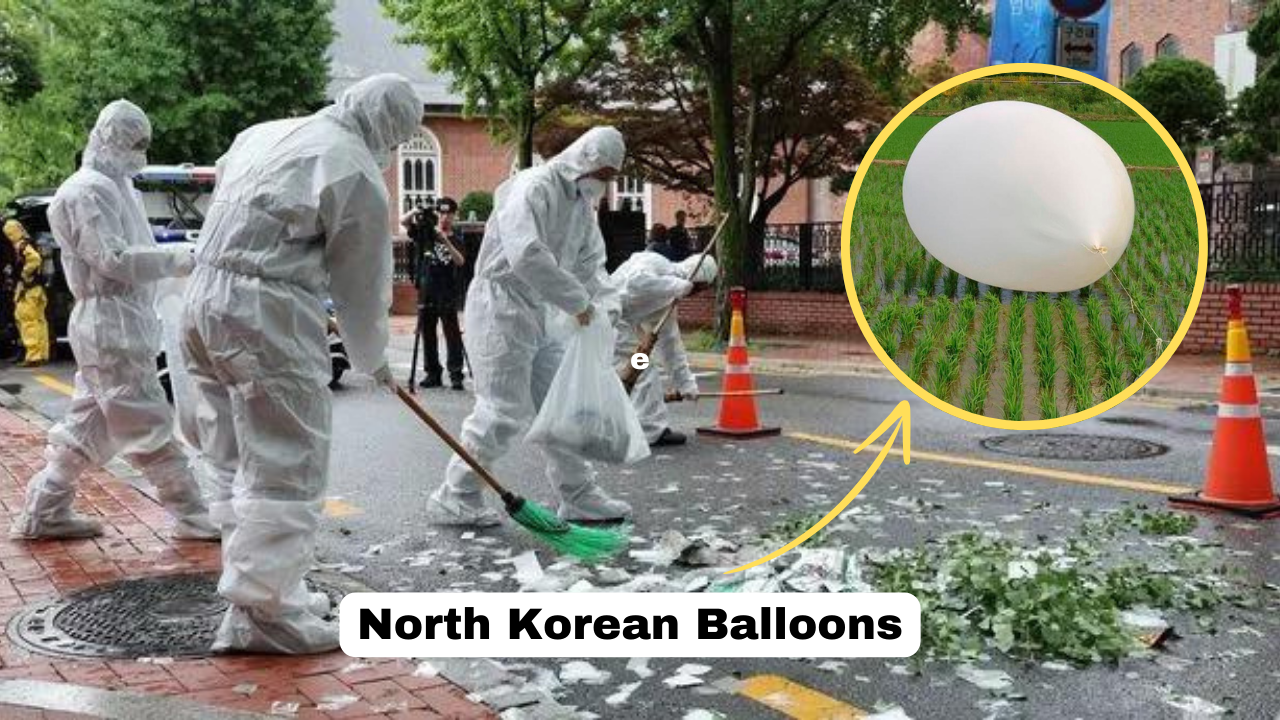The use of balloons by North Korea to send propaganda and other materials into South Korea has been a longstanding and controversial tactic. These balloons serve as a unique tool in the ongoing psychological and information warfare between the two Koreas. This article provides a comprehensive examination of the history, motives, and implications of North Korean balloons, as well as the responses from South Korea and the international community.
Table of Contents
Historical Context and Evolution of North Korean Balloons
Early Use of Propaganda Balloons
The use of balloons by North Korea dates back to the Korean War era. Initially, these balloons were employed to distribute propaganda leaflets aimed at undermining South Korean morale and promoting the North Korean regime. Over the decades, the strategy evolved, with balloons being used intermittently to deliver various messages and materials across the Demilitarized Zone (DMZ).
Technological Advancements and Modern Usage
In recent years, the technological sophistication of these balloons has increased. Modern balloons are capable of carrying larger payloads, including not only leaflets but also DVDs, USB drives, and other media. These materials often contain content critical of the South Korean government or praising the North Korean regime, designed to sway public opinion and create discord within South Korea.
Motivations Behind the Balloon Campaigns
Psychological Warfare
The primary objective of North Korean balloon campaigns is psychological warfare. By sending propaganda into South Korea, North Korea aims to disrupt the social and political stability of its southern neighbor. The leaflets often contain exaggerated or false information intended to provoke fear, confusion, and mistrust among South Korean citizens.
Information Control and Regime Legitimacy
For the North Korean regime, controlling information is crucial for maintaining its grip on power. The balloon campaigns serve a dual purpose: projecting an image of strength and capability to the North Korean populace while attempting to undermine the legitimacy of the South Korean government. This tactic reinforces the North Korean narrative of superiority and resilience in the face of external threats.
Responses and Countermeasures by South Korea
Governmental Actions
The South Korean government has implemented various measures to counter the balloon campaigns. These include legislative actions to ban the launching of balloons from its territory, increased surveillance along the DMZ, and public awareness campaigns to inform citizens about the dangers and falsehoods of the propaganda materials.
Technological and Tactical Measures
South Korea has also invested in technological solutions to detect and intercept balloons before they reach populated areas. This includes radar systems and drone patrols designed to identify and neutralize incoming balloons. Additionally, tactical units are deployed to recover and dispose of the materials safely.
International Reactions and Implications
Human Rights and Humanitarian Concerns
The international community has expressed concerns about the humanitarian and human rights implications of the balloon campaigns. While some view the campaigns as a form of non-violent protest, others argue that they exacerbate tensions and pose risks to civilian populations. Human rights organizations have called for both Koreas to engage in dialogue and seek peaceful resolutions to their disputes.
Geopolitical Ramifications
The balloon campaigns have broader geopolitical implications, influencing the security dynamics of the region. They contribute to the overall tension on the Korean Peninsula and complicate diplomatic efforts aimed at achieving denuclearization and lasting peace. The actions and reactions surrounding the balloons are closely monitored by neighboring countries and global powers, highlighting the interconnectedness of regional security issues.
Case Study: The 2024 Balloon Incident
A recent incident in July 2024 exemplifies the ongoing challenges posed by North Korean balloon campaigns. Balloons carrying propaganda materials were detected crossing into South Korean airspace, leading to a heightened state of alert. The South Korean president condemned the act, calling for international support to address the provocations. This incident underscores the persistent volatility and the need for robust countermeasures and diplomatic engagement.
Conclusion
The use of balloons by North Korea remains a complex and multifaceted issue, deeply rooted in the historical, psychological, and geopolitical landscape of the Korean Peninsula. While technological advancements have changed the nature of these campaigns, the underlying motivations and implications remain consistent. Addressing this challenge requires a combination of strategic countermeasures, international cooperation, and sustained diplomatic efforts to reduce tensions and promote peace in the region.
